A Preschool Primer: Finding the Right Kindergarten for Your Family
Getting Started With Your Child’s First School Experience In Japan
Get to know the timeline for choosing a “youchien,” or preschool, for your child as well as the steps you’ll need to take to have them start at the school of your dreams.
When you have a kid nearing their third birthday in Japan, your childcare options begin to broaden. While hoikuen (保育園, or nursery school), accepts children from infancy to 6 years old; youchien (幼稚園), often translated as “kindergarten” but spans the preschool and kindergarten years in many Western educational systems, starts in a child’s third year. It will continue until they are 6 and ready to start elementary school.
In terms of purpose, while hoikuen are aimed at supporting working parents, youchien are intended to prepare a child for the start of elementary school and participation in Japanese society more broadly. Indeed, the cultural and linguistic skill sets that youchien provide — especially in relation to taking care of yourself and others — as well as cultivating your own “genki-ness” in a group environment, can be great tools for your child regardless of where their lives will take them.
Choosing a kindergarten
When choosing what youchien to which you will send your little one, there are several factors that you may want to consider.
Location
With young children, a nearby school is very convenient. Also, many of the children attending will likely live close by as well, making for ready-made neighbors and friends. You may want to think about whether you want to send your child there on a school bus, by car or on foot.
Private or public?
Depending on your municipality, you may have the choice between public (usually free) and private youchien (usually with tuition fees, but these can be covered depending on where you live). Alternatively, all the youchien in your city or district may be public or all of them may be private. In some municipalities, certain schools functioning as youchien are classified as unlicensed hoikuen (無認可 or 認可外保育園), meaning they do not follow the youchien requirements set by the government. This is particularly true of most of the international or bilingual schools that employ foreign staff.
Focus
Another factor to consider is a youchien’s main focus. Some common ones are academics (such as math, hiragana or English), physical education and strength, manners and socialization, religion (for example, a Catholic kindergarten) or language learning (international preschools).
Ranking
A final aspect to consider is a youchien’s ranking. Although preschool is often a child’s first foray into the Japanese school system, it is also an introduction for parents to the world of school rankings. Some say a “good” one can help with entrance into a “good” elementary school, and so on.
Application and admission process
Summer/autumn
Like Japanese compulsory school, youchien begins in April. But, you certainly can’t wait until the winter to act! Indeed, the summer and fall of the year before your child would start are prime times for choosing a school and preparing your applications.
In the summer or fall, why not visit a youchien for a private kengaku (見学). or tour? You can also go to a group information session, but you can get a better feel for a place by interacting one-on-one with staff and students and touring the facilities.
When my husband and I were considering our options, we met with the enchou sensei 園長先生 (principal) who personally answered all of our questions and gave us a tour. They also introduced us and our eldest daughter to other children already at the school. The experience was stressful for our daughter who was not used to being around so many other kids, but the kindness of the other preschoolers, who all leaped forward to console her, gave us a positive impression of the place and the values that they were teaching.
 © Photo by iStock/Chatchai Limjareon
© Photo by iStock/Chatchai Limjareon
One of the things we saw in our tour was the pre-youchien group, operating one morning a week. In our kindergarten, the first semesters included parents and then the last semester, right before the children are slated to start on their own in April, is only for the kids. Pre-youchien groups often start in the summer or early autumn. When we entered in September, ours had already been running in the summer. Other than keeping numbers in the groups low (there was one on Wednesday and one on Friday morning, each with about 10 children), there didn’t seem to be any requirement for admission to this and not every kid in the group entered the youchien in the spring. Despite this, however, these groups are also part of the vetting process. Some youchien make admissions easier if you are part of these groups; they have already seen you and your kid and can gauge if you’d be a good fit for the school.
This brings us to the admission process. Applications are usually due in early October. For popular or prestigious schools, parents may need to wait in line for hours to even hand in the application. Our local youchien also had a line, but we were surprised and pleased that we were permitted to hand in our application a day early since we were part of the pre-youchien group.
Since they only accepted a certain number of applications, this allowed us to already have a foot in the door. The application itself was simple— just the child and parents’ names, birthdays and addresses. However, this likely differs depending on the youchien.
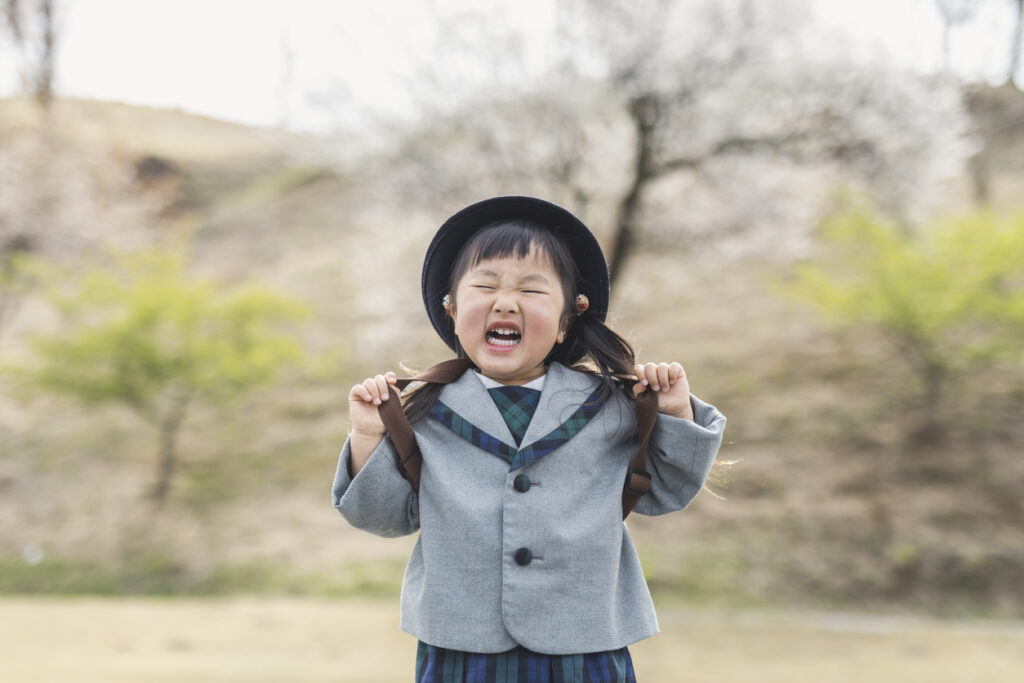 © Photo by iStock/kohei_hara
© Photo by iStock/kohei_hara
Once your application is in, a letter will arrive with the date and time of your interview and medical check (as well as exam if required). This is usually in early November. Despite the coronavirus restrictions, both parents were invited to this and most were dressed in conservative formal attire, in other words: black, navy blue or beige suits for both mom and dad or a similar colored dress or skirt-and-blouse combination with low heels for women. Although I read extensively in Japanese online about how to prepare my daughter for the interview, I need not have worried. As members of the pre-youchien group, we were spared the interview with the enchou and only had a medical check and interview with a teacher.
The interviewer had our daughter sit in a chair in front of her, introduce herself and say her age and then chatted with her about what she liked about the pre-youchien group. The purpose seemed to be to assess her language and concentration skills as well as her ability to sit still.
Again, the requirements of the interview will vary depending on the youchien and its goals. The medical examination also lasted only about one minute with a doctor checking heart rates and poking the children’s stomachs. I brought my daughter’s boshi techou (母子手帳, or mother and child notebook), but it was not required.
In December, the letters of acceptance are sent along with information about what the winter and spring entrance would entail for new students and their somewhat bewildered parents.
Winter/spring
Before beginning the academic year in April, your first real foray into the school system starts with the new calendar year in January.
Prepare to make space in your schedules for a number of informative and practical visits to the youchien. At these appointments, you will find out more about costs and reimbursements, which vary from city to city, as well as the all-important opportunity to try out and order school uniforms and supplies (if applicable).
To make payments to your youchien, you will likely have to grant permission to the school to withdraw funds monthly from a chosen bank account. Luckily, the school should provide all the necessary forms and bank staff will be quite familiar with the process given the time of year. As for selecting uniforms, expect to try on a bunch of articles of clothing, such as skirts or shorts, (depending on the gender of your child) shirts, blazers, hats, smocks for arts and crafts, gym uniforms and more—most of which come in seasonal varieties that you are expected to purchase.
In the weeks leading up to the start of school, in March or early April, you will receive your child’s uniform and supplies.
While it may seem like a comprehensive set of “must-haves” for your son or daughter, it’s probably incomplete, as there are many items to purchase on your own. During this time, the school will give you a list of additional materials. For my daughter, the extra things I needed to buy for lunchtime alone included: a bento box, water bottle, utensils, a cloth used for washing up as well as the container used to store it! After amassing everything your child will need for school, the intense labeling process begins.
Growing up in Canada, I certainly remember my name identifying some of my school supplies, like notebooks and textbooks. In Japan, however, this practice is taken to the extreme as everything must carry your child’s name. Every piece of clothing—from socks and underwear to masks and interior footwear— and every item in the aforementioned bento set, including each individual chopstick, fork and spoon. Every writing and coloring implement, which meant (in my case) all 12 coloring pencils, will also need a label featuring the name and class of your child.
With this primer in hand, you’ll have a jump start on the world of youchien from the early stages of researching nearby schools to shopping for supplies, labels and more in the lead up to your child’s start!

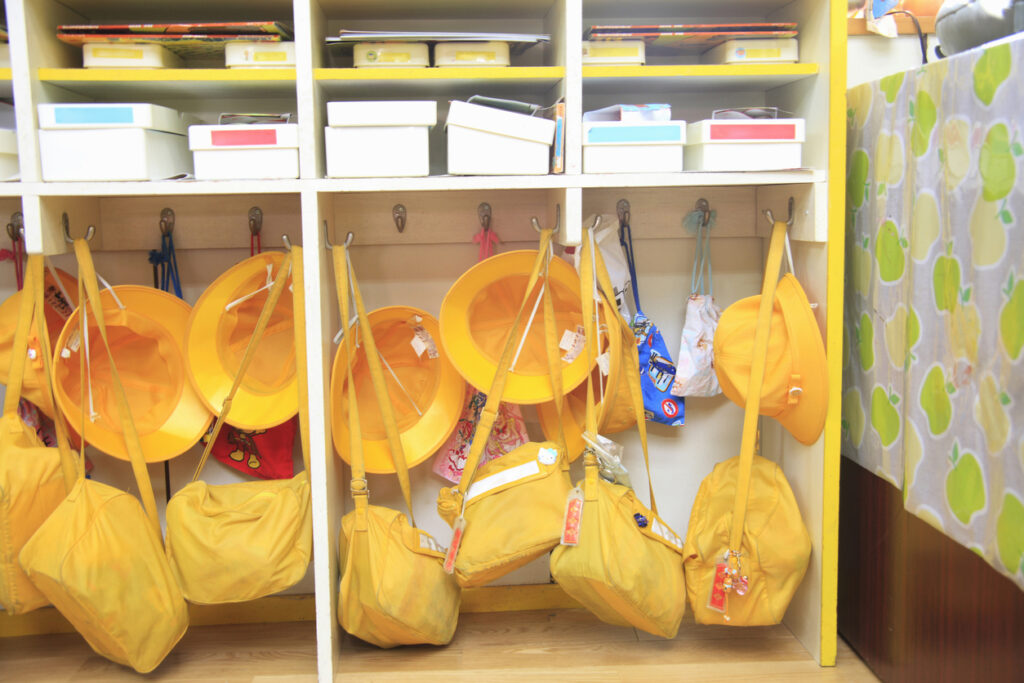











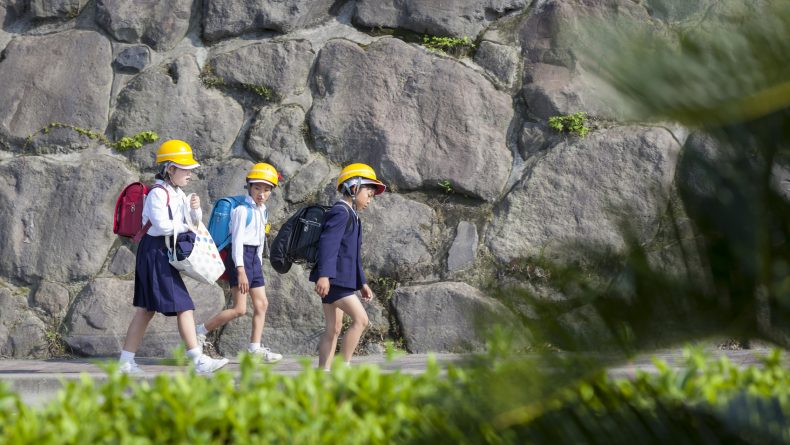
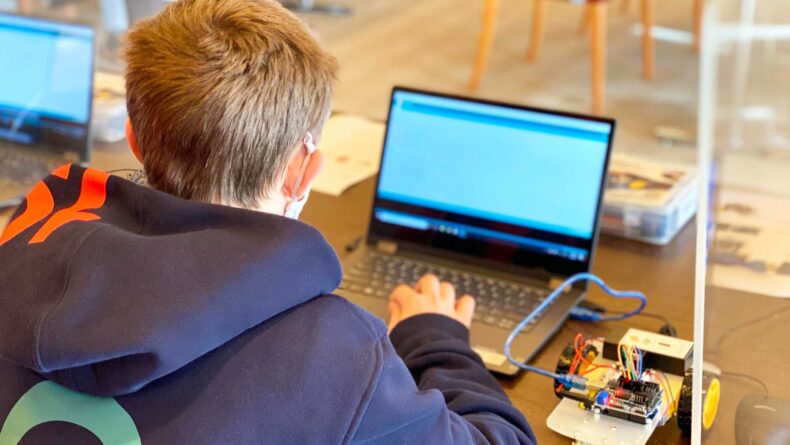
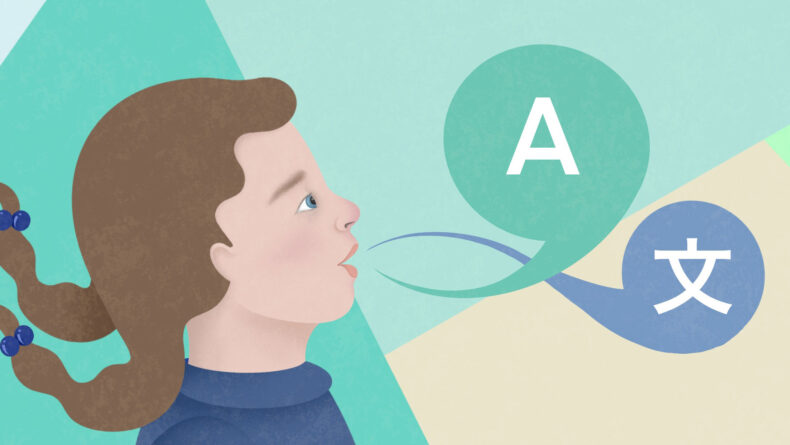
Leave a Reply